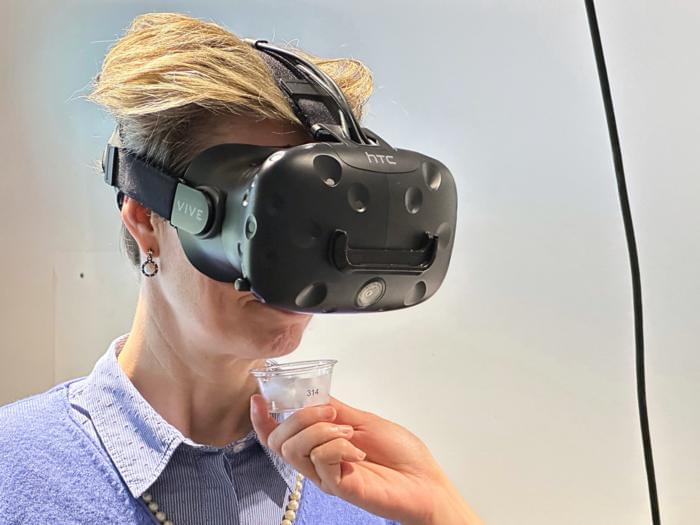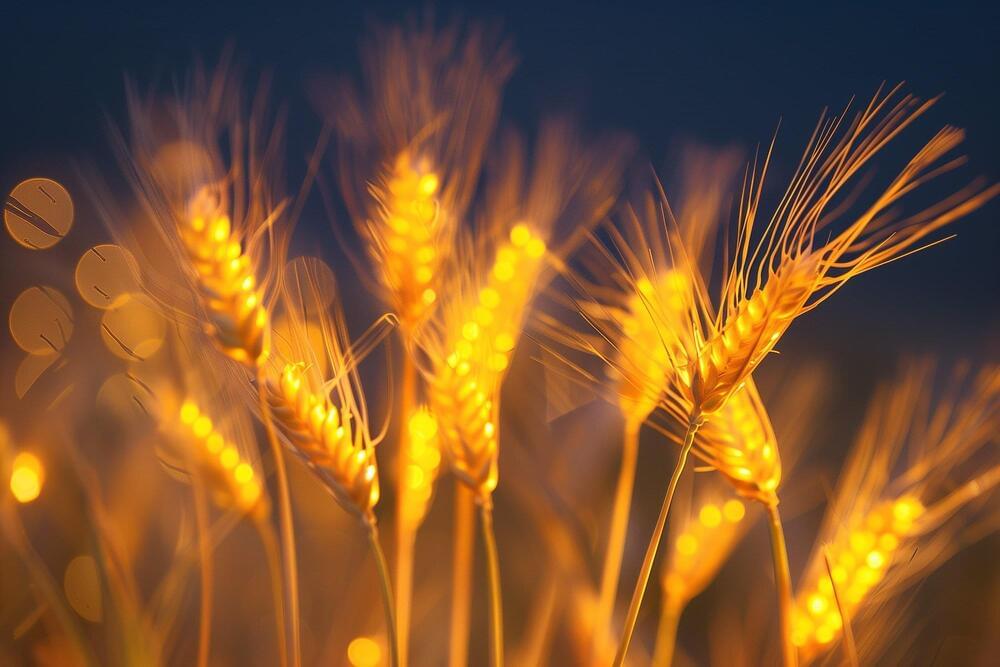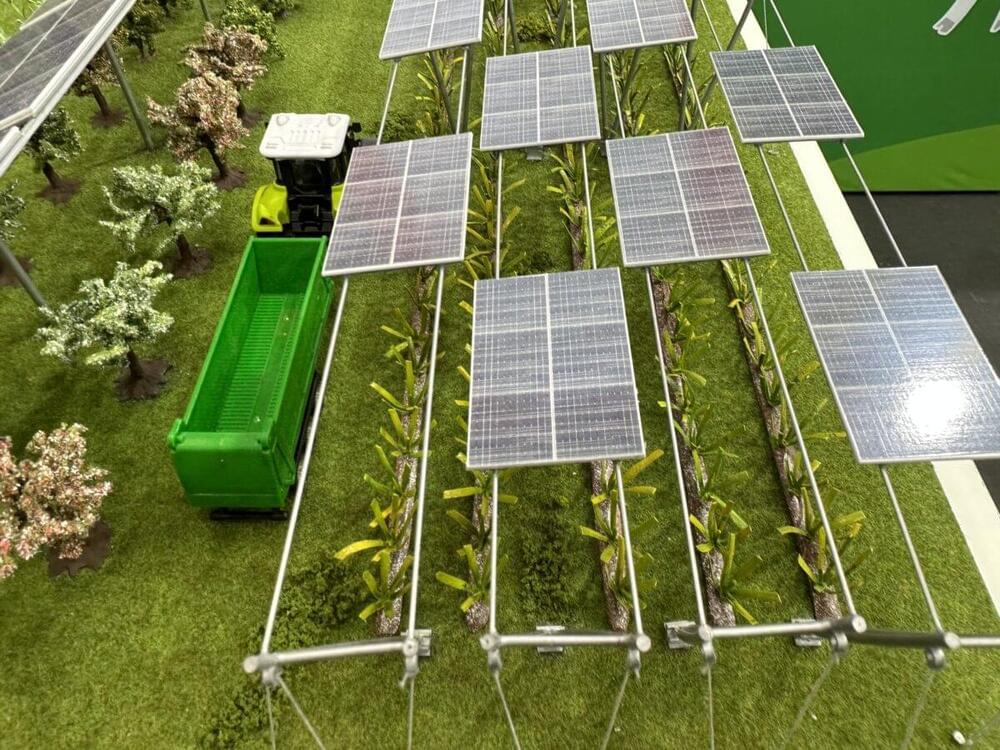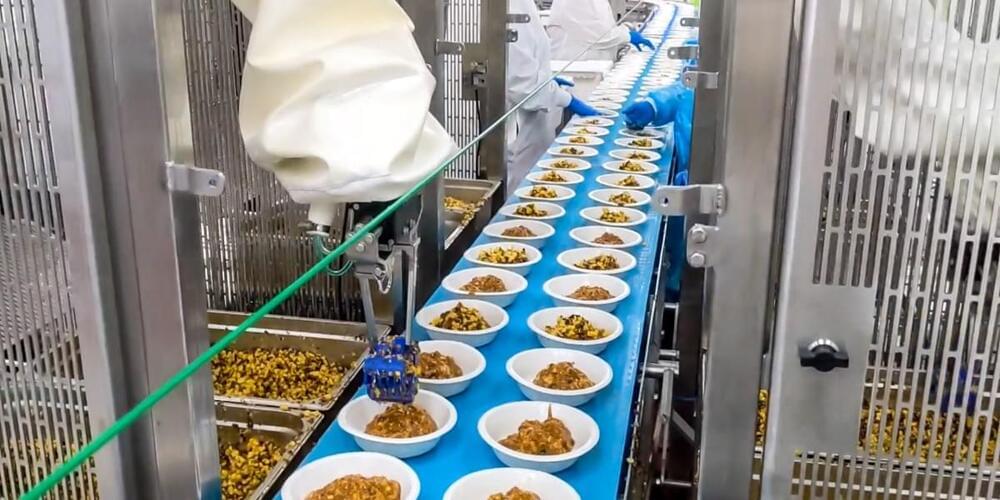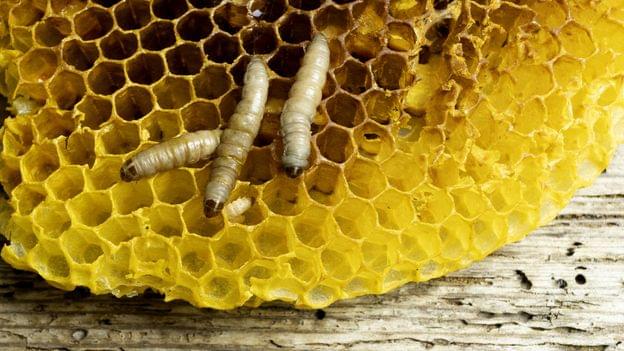Jul 16, 2024
The Role of Aromas in Astronaut Nutrition: Findings from ISS Simulation
Posted by Laurence Tognetti, Labroots Inc. in categories: food, space, virtual reality
“One of the long-term aims of the research is to make better tailored foods for astronauts, as well as other people who are in isolated environments, to increase their nutritional intake closer to 100%,” said Dr. Julia Low.
Does food smell and taste different to astronauts in space and what steps can be taken to mitigate this in the future? This is what a recent study published in the International Journal of Food Science & Technology as an international team of researchers investigated how food aromas could be altered to amplify food taste. This study holds the potential to help researchers improve diets for isolated individuals, specifically in space or nursing home residents.
For the study, the researchers analyzed food odor perception of vanilla, almond, and lemon among 54 participants between 18 to 39 years old in a neutral setting and a virtual reality (VR) simulation of the International Space Station (ISS) with a key trait being they had no history of vertigo or motion sickness. The participants were asked to rate the potency of the aromas in both settings to compare any differences between the two environments.
Continue reading “The Role of Aromas in Astronaut Nutrition: Findings from ISS Simulation” »
